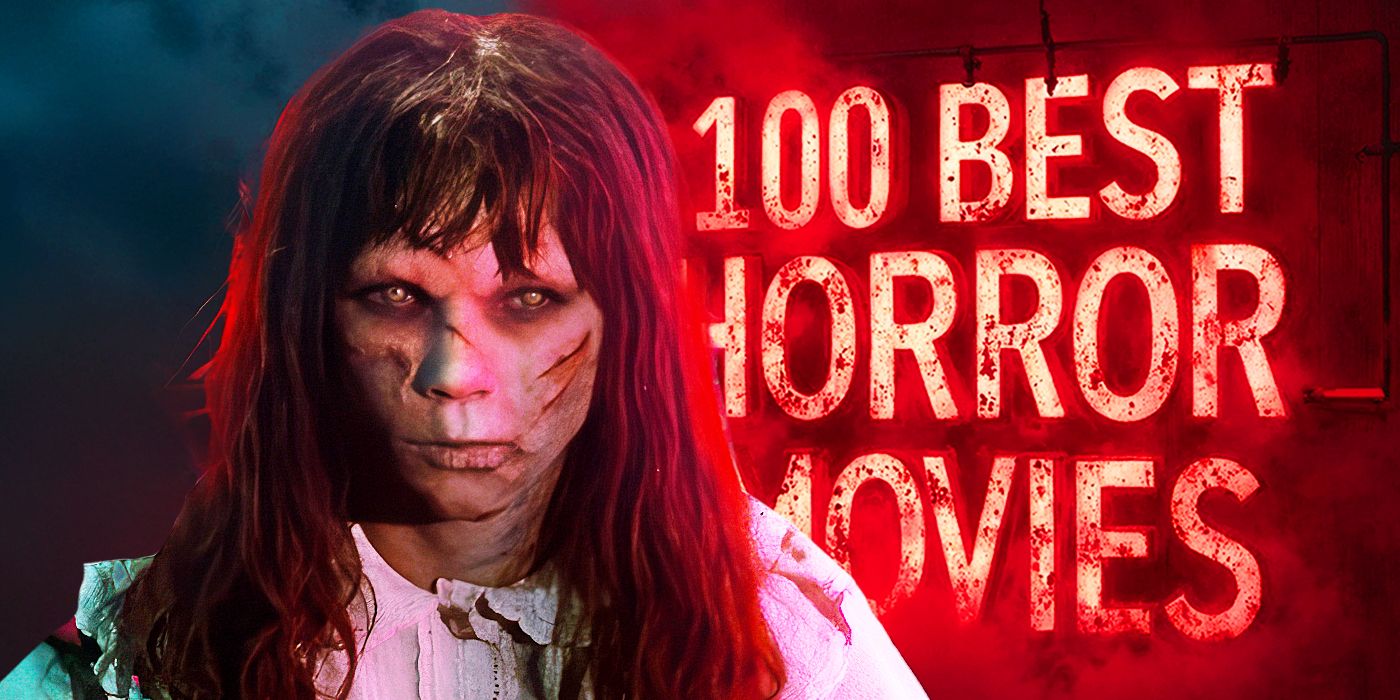
Horror movies, right? They’re supposed to get under our skin, make us jump, and maybe even keep us up at night. There’s nothing quite like a perfectly crafted scare or a tension-building plot that culminates in a truly unforgettable climax. But let’s be real, sometimes a horror flick promises the moon and delivers… well, a lukewarm cup of disappointment when it comes to the grand finale. It’s like watching a tightrope walker perform incredible feats only to stumble right at the finish line.
It’s an absolute shame when an otherwise brilliant horror concept, loaded with atmospheric dread, compelling characters, and genuinely terrifying moments, pulls the rug out from under us with an ending that just doesn’t land. We’ve all been there, sitting through credits with a mix of frustration and utter bewilderment, wondering what just happened to the masterpiece we thought we were witnessing. Sometimes, it’s a silly plot twist that makes no sense; other times, it’s a cheap scare that undoes all the hard work that came before it.
So, buckle up, horror fans, because we’re about to take a deep dive into some of the most talked-about examples of horror movies that, despite their incredible potential and often brilliant setups, ultimately left us feeling a little… let down by their final moments. We’re talking about those films where one questionable decision or a single “silly image” completely unraveled the terror and immersion. Let’s explore these infamous missteps together!

1. **The Village (2004)**:
M. Night Shyamalan is practically synonymous with jaw-dropping twists, and his films often build up to these shocking revelations. “The Village,” released in 2004, certainly played into this expectation, presenting a chilling narrative about a secluded 19th-century community living in fear of mysterious creatures in the surrounding woods. The film crafts a compelling atmosphere of isolation and dread, making you wonder about the true nature of the dangers lurking beyond the village boundaries.
However, the big reveal in “The Village” left many viewers scratching their heads rather than gasping in awe. We discover that the entire 19th-century setting is an elaborate ruse, a carefully constructed community in modern times, surrounded by a “Walker Wildlife Preserve.” This twist immediately opens up a Pandora’s Box of logistical questions that the film struggles to answer convincingly, shattering the carefully built suspension of disbelief.
Questions like “how much money did Edward Walker spend paying off the government to make the Walker Wildlife Preserve a no-fly zone?” immediately jump to mind. It’s a massive undertaking to maintain such a deception, implying an unbelievable level of governmental cooperation and secrecy for decades. Moreover, the idea that “some overzealous hiker or tourist never once happened upon the community during this time frame” strains credulity beyond its breaking point, undermining the entire premise. It’s a perfect example of a horror movie that’s “better if you duck out after the second act, and leave the finale to your imagination,” because the human mind “can only suspend so much disbelief before they’re taken out of the film.”
Read more about: Aron Bell, Last Brother of a World War II Resistance Group, Dies at 98: A Legacy of Courage and Rescue
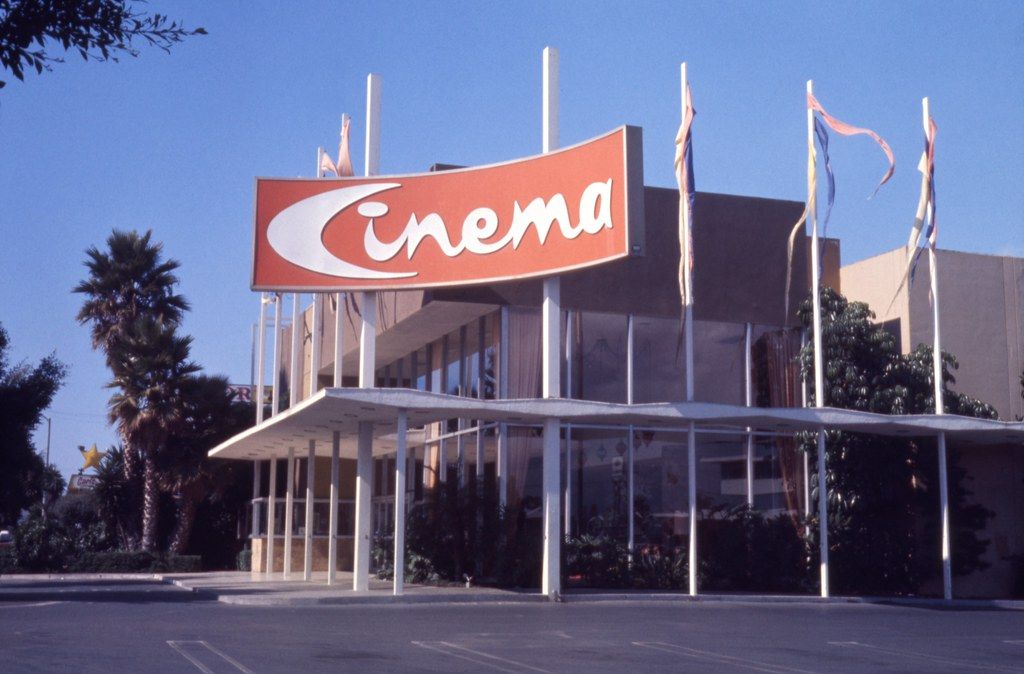
2. **Signs (2002)**:
Alright, we promised this would be the last M. Night Shyamalan entry for a bit, but “Signs” from 2002 definitely earns its spot on this list for a very particular reason. The movie brilliantly builds tension, portraying a family grappling with mysterious crop circles and an impending alien invasion. It’s a masterclass in suspense, using sound, shadow, and suggestion to create a palpable sense of dread before the aliens are even fully revealed.
The problem arises with the aliens’ ultimate weakness, which becomes glaringly apparent in the film’s climax: water. This revelation, while meant to be a pivotal plot point, unfortunately raises an even more baffling question. If the invading aliens’ “only weakness is water, then why did they decide to show up on planet Earth, a planet made up of 71 percent water?” It’s a logical inconsistency that’s incredibly difficult to overlook.
This singular detail completely undermines the perceived threat of the invaders. We’re left to wonder if “the aliens are only harmed by water when it’s splashed on them? What about humidity?” The supposed terrifying thing about “Signs’ final reveal is the lack of consistency we face,” which unfortunately pulls the audience out of the otherwise gripping narrative. It’s a classic case of a critical plot detail inadvertently becoming a “silly image” that unravels the entire terrifying premise.
Read more about: Minivan Money Pits: 8 Models to Approach with Caution Due to Costly Transmission Troubles
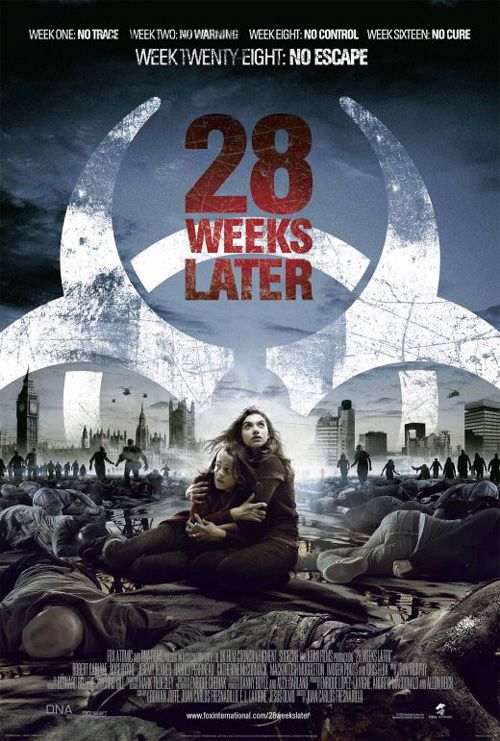
3. **28 Weeks Later (2007)**:
“28 Days Later” and its sequel, “28 Weeks Later,” undeniably redefined the zombie genre by introducing the concept of fast, terrifyingly aggressive infected creatures. These films took the horror up several notches, providing intense, visceral thrills that really resonated with audiences. “28 Weeks Later,” in particular, continued this legacy with its harrowing portrayal of a renewed outbreak and the desperate fight for survival.
Many would argue that both films, considered individually, are “perfect horror movies” in their own right, delivering relentless action and genuine frights. The issue, however, stems not from a nonsensical plot point or a cheap scare within the film’s narrative itself, but from the frustrating decision to leave the audience hanging with a cliffhanger ending. The film concludes with the infection spreading to mainland Europe, hinting at an even larger catastrophe.
Given the compelling setup and the immense potential for further storytelling, it’s perplexing that “the franchise didn’t continue” with a direct follow-up. The context suggests that “28 Weeks Later should have ended… with a less open-ended ending” if a sequel wasn’t planned. The film “loses points” not because of a flaw in its existing story, but because it left us “so desperately wanted to see 28 Months Later,” a wish that, despite some “recent talks” about a potential “28 Years Later,” has remained largely unfulfilled, leaving a sense of incompleteness.
Read more about: Hollywood’s One-Hit Wonders: The Directors Whose Careers Crashed with a Single Box Office Bomb
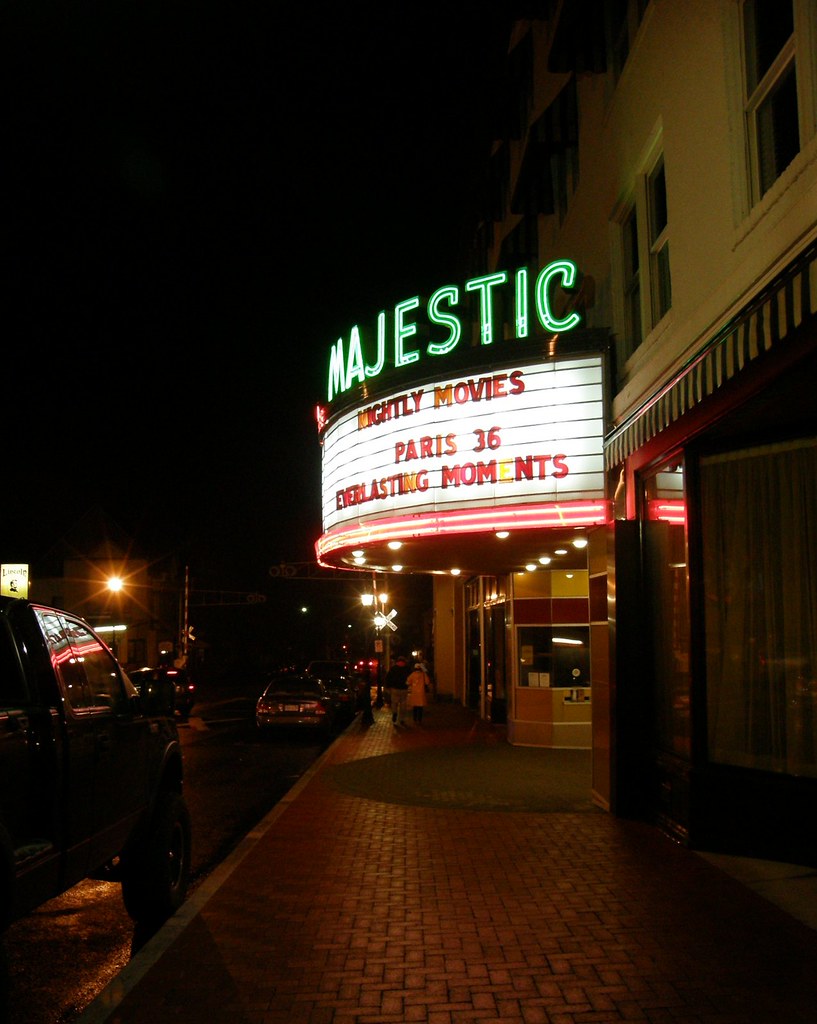
4. **The Uninvited (2009)**:
For newcomers to the genre, 2009’s “The Uninvited” might seem like a solid entry, offering a genuinely unsettling psychological horror experience. The story centers on Anna Ivers, a troubled girl discharged from a psychiatric institution following the tragic, fiery death of her mother. The film expertly builds a sense of unease as Anna and her sister, Alex, suspect their live-in nurse, Rachel Summers, of murdering their mother to be with their father.
The movie does a commendable job of creating a suspenseful atmosphere and delivering psychological thrills. It’s based on the South Korean horror movie “A Tale of Two Sisters,” which is also praised, and “The Uninvited” itself received positive reviews, with Roger Ebert giving it “three out of four” stars and praising Emily Browning’s performance. For a standalone experience, “The Uninvited will get under your skin,” weaving a compelling tale of grief, suspicion, and mental fragility.
However, the film’s major twist in the third act often falls flat for seasoned horror fans. We learn that Alex was actually responsible for her mother’s murder and that Alex herself died in the fire. The twist reveals that Anna suffers from schizophrenia and dissociative identity disorder, meaning “most of what she’s experiencing is happening inside her own head.” For horror movie super-fans, this kind of reveal is likely familiar, making the film feel “derivative.” While effective for some, the reliance on a well-worn trope can turn a gripping psychological journey into a “silly image” that elicits a “scoff at the ending” from veterans of the genre.
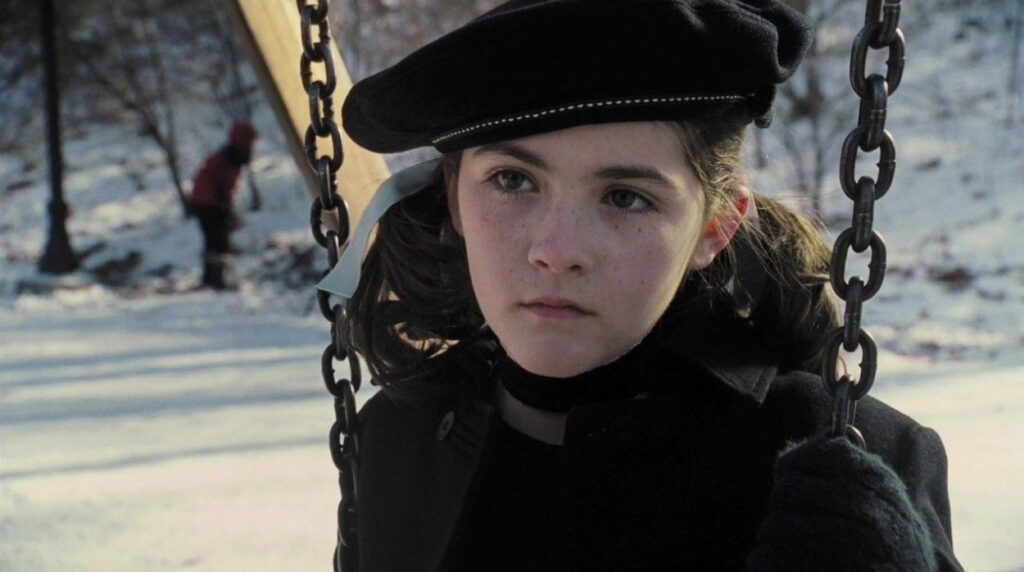
5. **Orphan (2009)**:
“Orphan” from 2009 is one of those horror movies that absolutely demands to be seen to be believed, thanks to its truly terrifying premise and an outstanding lead performance. The film masterfully establishes a chilling dynamic within a family who adopts a seemingly innocent young girl named Esther, only for sinister and disturbing events to begin unfolding around her. Isabelle Fuhrman’s portrayal of Esther is nothing short of remarkable.
Fuhrman “clearly knew the assignment when she was cast as Esther,” exhibiting “manipulative facial expressions” and an unnerving ability “to shift her demeanor from sweet and innocent to ferocious and sadistic at the drop of a hat.” Her performance alone elevates the film, making Esther a genuinely unsettling and memorable horror villain. The movie effectively builds suspense and makes you question Esther’s true nature right from the start.
The “big reveal that Esther isn’t actually a 9-year-old girl, but rather a 33-year-old psychopath” is undoubtedly “superbly done” and a genuinely shocking moment. However, the context argues that this reveal “happened too soon.” The film boasts a lengthy run-time of 123 minutes, and if it “was in the 90-minute territory, the reveal would have been so much more impactful because everything would have felt infinitely more immediate.” Instead, “most of the third act felt overdone and unnecessary,” becoming “rife with unnecessary gore” before its violent conclusion. It’s a case where “too much of a good thing” dilutes the impact, transforming a fantastic twist into a drawn-out, less effective ending.
Read more about: Charles Strouse: A Legacy in Melodies – Remembering the Visionary Composer Behind Broadway’s ‘Bye Bye Birdie’ and ‘Annie’ at 96

6. **Halloween Ends (2022)**:
John Carpenter’s original “Halloween” is an absolute cornerstone of the slasher genre, a true classic that introduced Michael Myers to the world and cemented his place as an iconic boogeyman. After 13 films, the franchise, unfortunately, reached its supposed conclusion with “Halloween Ends” in 2022. While expectations were sky-high for a grand, satisfying finale, many felt the film exited “with a whimper rather than a bang.”
The film does deliver on one expected front: Michael Myers is “violently eliminated,” a seemingly definitive end to the relentless evil. However, the core issue for many fans lay with the unexpected prominence of the Corey Cunningham storyline. Instead of focusing predominantly on the legendary Laurie Strode and Michael Myers, the narrative dedicates significant screen time to a new character, exploring his descent into darkness.
This shift in focus left many viewers “unsatisfied with the Corey Cunningham storyline.” In an “ideal world,” Corey, who even had Michael Myers’ mask at one point, “could have escaped and lived to kill another day,” perhaps setting up a new legacy of evil. Instead, the narrative “spent too much time developing Corey’s character just to have him killed off by Michael,” which, ironically, meant Michael Myers himself “would have simply had more screen time in this final installment of the legendary franchise” had Corey’s role been diminished. It’s a classic case of an ending introducing a “silly image” of narrative diversion that detracts from the legacy it sought to conclude.
Read more about: Hulu’s Essential Viewing: 15 Must-Stream Movies You Can’t Miss Right Now
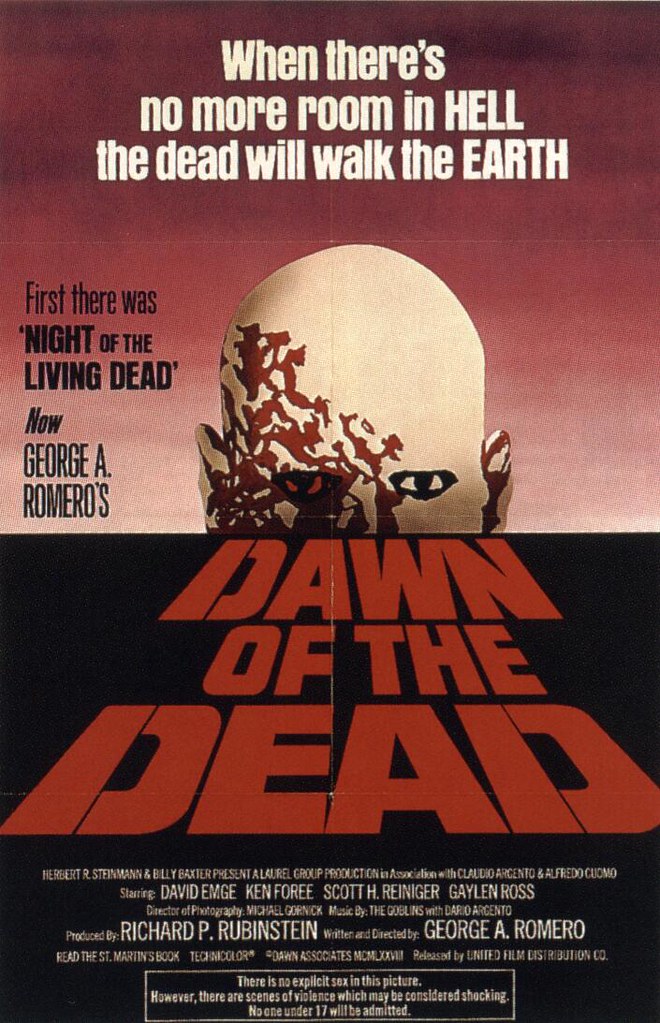
7. **Dawn of the Dead (2004)**:
Zack Snyder’s 2004 remake of George A. Romero’s “Dawn of the Dead” was largely heralded as “the modern update of the classic horror movie that we all wanted to see.” It took the foundational elements of Romero’s masterpiece – a group of survivors trapped in a mall during a zombie apocalypse – and “dialed up to 11” with faster zombies, more intense action, and a slicker aesthetic. For much of its runtime, it’s a visceral, thrilling ride.
Both the 1978 original and Snyder’s remake end with their “central surviving protagonists riding off into the sunset toward an uncertain future,” a common trope that leaves the audience with a sense of lingering dread and ambiguity. However, this is where the 2004 version “fell short” in its ending. While Romero’s film concluded with a “somewhat optimistic note” with Fred and Fran escaping in a helicopter, Snyder’s version takes a much bleaker turn.
The survivors—Ana, Kenneth, Nicole, Terry, and Chips—flee the zombie outbreak on a yacht. But a series of “found camcorder footage” shown during the credits reveals their grim fate: they arrive on an island “overridden by the undead,” and the camera drops, leaving us to assume they are doomed. Much like “28 Weeks Later,” this ending leaves us “wanting more, but we never got it in the form of a sequel.” The context suggests that “Dawn of the Dead would have been better served by having its ending a few minutes earlier, borrowing from the spirit of the film that inspired it,” avoiding the “silly image” of a cheap, found-footage “gotcha” that ultimately feels more frustrating than impactful.
Now, let’s keep our journey going, because the rabbit hole of horror films that couldn’t quite stick the landing goes deep! We’ve already picked apart some head-scratchers, but trust us, there are plenty more flicks that started strong only to stumble at the finish line, leaving us with a feeling of “wait, what just happened?” Get ready to cringe, because here are the next eight entries that proved even the most promising horror concepts can be derailed by one baffling choice.
Read more about: 14 Iconic Actors Who Publicly Revealed Their Deep Dislike For Their Own Films

8. **Old (2021)**:
M. Night Shyamalan, our dear friend, pops up again on this list, because let’s face it, his endings are either brilliant or, well, they land him right here. “Old,” released in 2021, certainly started with a premise that got everyone talking: a group of tourists discovers a secluded beach where, for every hour they spend, they age years. Talk about a ticking clock! The movie delivered a dark, thrilling ride, packed with unsettling moments and gruesome bits as children rapidly became adults and characters faced their mortality in a brutal, accelerated fashion.
The tension was palpable as we watched the characters grapple with their rapidly decaying bodies and minds. The setup truly held us captive, building a unique sense of dread that felt fresh and original. It had all the ingredients for a standout horror-thriller, compelling us to stay glued to the screen, eagerly anticipating the clever resolution we’ve come to expect from such an intriguing concept.
But then, as only M. Night can do, the film pulls out a reveal that takes us completely out of the experience. It turns out the whole thing is a case study by a pharmaceutical company, with M. Night himself even making a cameo watching the events unfold. And just when you think it can’t get any stranger, the two surviving children, who were seemingly drowned, suddenly show up alive to expose the entire plot. It’s a moment that leaves you scratching your head, turning a fascinating concept into a “nonsensical ending” that completely deflates the terror and the careful build-up, leaving us wondering if anyone bothered to check for plot holes.
Read more about: 12 Famous Actors Who Now Only Accept Film Roles With Minimum Travel Demands

9. **The Happening (2008)**:
Speaking of M. Night, “The Happening” from 2008 might just take the cake for an ending that completely unravels a promising concept. The film definitely came out swinging, earning an R-rating for its unsettling premise of people suddenly going mad and killing themselves. The early tension is incredibly well done, establishing a chilling atmosphere as humanity grapples with an invisible, inexplicable threat. Even the revelation that plant life itself is somehow striking back at humanity could have worked if Shyamalan had just managed to stick the landing.
The idea of nature turning against us is inherently terrifying, and for a good portion of the film, “The Happening” leverages this fear effectively, making us question our place in the ecosystem. It felt like a fresh take on ecological horror, building a genuinely unnerving sense of paranoia and helplessness. There was a real opportunity to deliver a powerful, thought-provoking conclusion that would linger long after the credits rolled.
However, the film fumbles it in spectacular fashion. With time seemingly running out, the main characters – Elliot, Alma, and Jess – head out together, preparing to die as a family. But then, as abruptly as it began, the mysterious toxin simply vanishes. Months later, they’re shown living together, while news reports casually mention that these “Happenings” will be common, with a new mass suicide taking place in Paris. It’s an ending that offers a “lame bit” of survival with absolutely no explanation for what happened, leaving us with arguably “M. Night’s most frustrating climax ever.” Talk about a buzzkill after all that build-up!
Read more about: 14 Iconic Actors Who Publicly Revealed Their Deep Dislike For Their Own Films
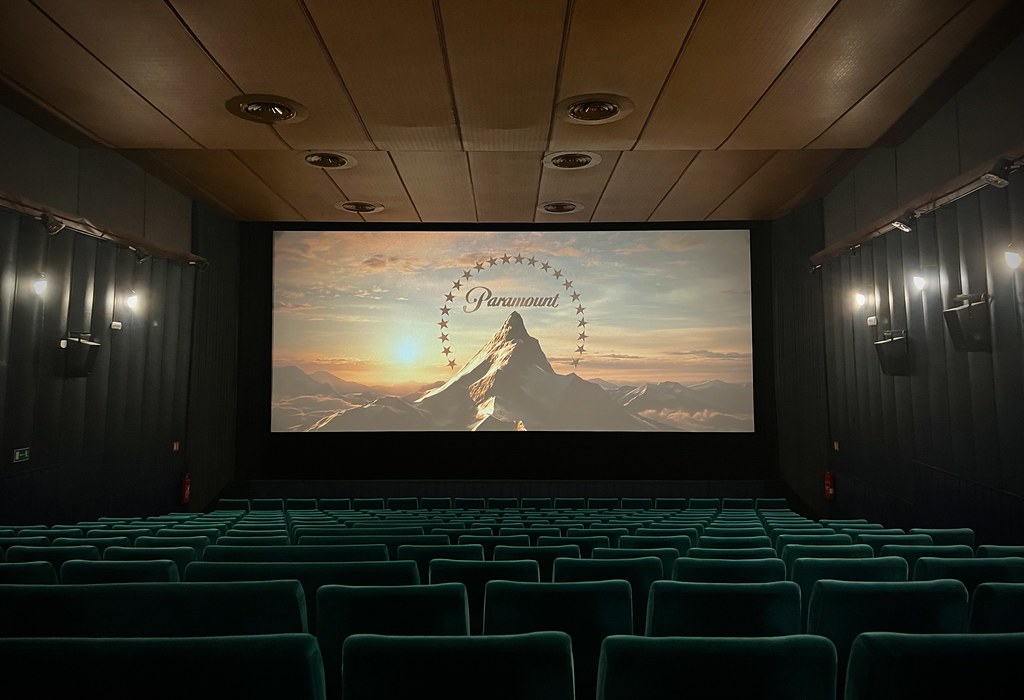
10. **High Tension (2003)**:
Let’s switch gears to a French horror flick that knows how to bring the gore and the thrills, but then decides to throw a curveball that leaves audiences divided to this day. “High Tension,” released in 2003, is notable for proving that the French can craft a slasher film as compelling and brutal as anything from Hollywood. The movie follows best friends Marie and Alex, whose idyllic getaway turns into a nightmare when an intruder brutally murders Alex’s family and abducts her. Marie then gives chase, witnessing the guy kill a store clerk, leading to a truly intense and well-done battle before Marie seemingly rescues a terrified Alex.
For much of its runtime, “High Tension” is a relentless, visceral experience that keeps you on the edge of your seat. The cat-and-mouse chase, the sheer brutality of the killer, and Marie’s desperate attempts to save her friend create a white-knuckle ride. It’s a masterclass in building suspense and delivering shocking, stomach-churning moments that firmly plant it in the extreme horror genre. The film establishes a clear, horrifying narrative that hooks you from the start.
But here’s where the movie pulls a fast one, and not everyone was thrilled about it. The police watch tape showing Marie herself killing the store clerk. The big reveal is that Marie is actually the killer, a “nutcase in love with Alex,” stalking her across the field. She almost kills Alex before being subdued. The final scene shows Marie in a mental hospital reaching out to Alex, with an ending whose “plot holes are unforgivable.” While some appreciate the twist, many feel it undermines the entire narrative, turning a gripping slasher into a convoluted mess.
Read more about: Get Ready to Rev Your Engines: A Deep Dive Into Val Kilmer’s Jaw-Dropping Car Collection, Both On-Screen and Off
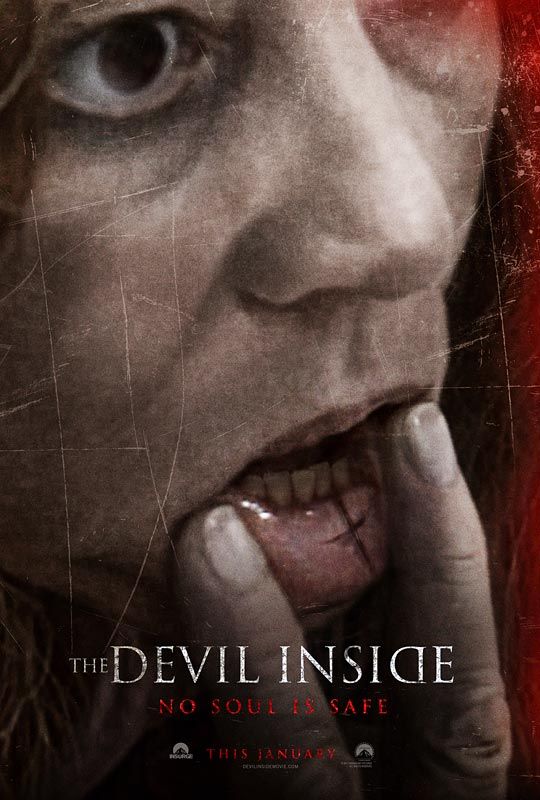
11. **The Devil Inside (2012)**:
Oh, boy. What’s worse than a bad twist ending? How about an ending that completely throws in the towel and tells you to go find the rest of the story online? That’s exactly what happened with “The Devil Inside” from 2012. This found-footage thriller starts off strong, following a woman convinced her mother was possessed when she committed murders and undergoes exorcisms herself to solve the mystery. The movie does a solid job of amping up the tension and delivering some genuine jump scares, making you believe you’re in for a truly terrifying ride into the world of demonic possession.
The shaky cam aesthetic, often a point of contention, actually works pretty well here, adding to the raw, visceral feel of the supernatural encounters. We follow the characters through increasingly disturbing events, feeling their fear and desperation as they confront unseen forces. The film manages to build a creepy atmosphere, drawing us into the protagonist’s desperate quest for answers and delivering moments that definitely make you clutch your seat. It sets the stage for a dramatic, horrifying conclusion.
But then, just when things are reaching their peak, the movie decides to hit us with an ending that’s less “horrifying climax” and more “wait, that’s it?” Isabella becomes possessed, causing a car crash that kills her friends, and then wanders off. If that weren’t enough, the ultimate “silly image” appears: a title card telling the audience that “to learn more, they need to check out a website.” Seriously? It’s a blatant cop-out that screams “we ran out of ideas,” leaving audiences feeling completely ripped off and turning a tense build-up into a “big letdown from the tension of before.” You can’t just outsource your ending, folks!
Read more about: Unpacking the Method: The Extreme Techniques and Divisive Practices of Method Acting That Sparked On-Set Drama

12. **Unfriended (2014)**:
Here’s a horror movie that deserves props for its incredibly innovative approach to storytelling, but then sadly, trips over its own feet right at the end. “Unfriended” from 2014 was a game-changer, being the first feature film shot entirely on a computer screen, unfolding through video chats and social media interactions. It creates a genuinely tight and scary experience as a group of friends on a video call are joined by someone using the account of Laura, a classmate who killed herself a year earlier. One by one, each person gets messages threatening to expose their secrets and forcing them to kill themselves.
The film’s unique format brilliantly enhances the paranoia and claustrophobia, making us feel like we’re right there with the characters, watching their digital world unravel. The suspense builds masterfully as the ghost of Laura systematically terrorizes the group, turning them against each other and forcing them to confront their past cruelties. It’s a clever and modern take on the slasher genre, perfectly capturing the anxieties of online bullying and its devastating consequences.
However, the film’s climax delivers a “silly image” that undermines much of its smart setup. It all comes down to Blaire, who was initially presented as the “nicest” of the bunch. Laura mocks her by showing a video proving it was Blaire who filmed Laura’s embarrassing behavior at a party, which drove Laura to suicide and turned the internet against her. Blaire then shuts off her computer only to be attacked by Laura’s ghost in a “cheap jump scare.” While the reveal links back to the film’s anti-bullying message, the execution feels forced and anticlimactic, detracting from the emotional weight and the innovative storytelling that came before it.

13. **I Am Legend (2007)**:
Oh, the heartbreak of a great movie concept ruined by… test audiences. “I Am Legend” from 2007, starring Will Smith, presents a gripping post-apocalyptic world where he plays the lone survivor of a deadly plague that transformed most of humanity into terrifying, seemingly mindless zombie-like monsters. For much of the film, we’re completely invested in his desperate struggle for survival, his loneliness, and his relentless pursuit of a cure. It’s a powerful exploration of isolation and the human will to endure.
The original story, and indeed the film’s initial cut, offered a far more nuanced and impactful ending. In this version, Smith is attacked by the creatures in his lab while trying to cure one of them. It’s in this moment that he has a profound realization: these creatures, often called “Darkseekers,” are intelligent in their own way, and he, in his relentless slaughter of them, has become *their* monster, *their* legend. It was a “great turn,” subverting expectations and giving Smith’s character a deeper, more tragic arc where he gives up his quest for a cure.
But, as often happens, test screenings reportedly “didn’t get that” subtle, thought-provoking ending. So, the powers that be changed it. The theatrical release concludes with Smith blowing himself up in a “senseless sacrifice,” seemingly for the greater good. This “silly image” of a straightforward heroic death completely misses the profound message of the original ending, turning a complex narrative into a generic action climax. It’s a prime example of how studio interference can strip a film of its intelligence and its lasting impact. We were robbed of a truly legendary ending!
Read more about: 12 Famous Actors Who Now Only Accept Film Roles With Minimum Travel Demands

14. **Happy Birthday To Me (1981)**:
Let’s rewind to the glorious decade of slasher films, because even the classics sometimes pull a stunt that leaves you blinking in disbelief. “Happy Birthday To Me,” released in 1981, is, for most of its runtime, a fantastic homage and borderline parody of the 1970s slasher films that defined the genre. The premise is classic: various members of a high school clique are picked off in increasingly gruesome ways, with suspicion falling squarely on Ginny. Even Ginny herself starts to worry that she’s suffering blackouts and is the one brutally murdering her friends.
The film expertly builds suspense, playing on Ginny’s fragile mental state and the escalating body count. It’s a fun, campy ride that delivers on the slasher tropes while adding its own distinct flair. We’re treated to creative kills and a pervasive sense of paranoia, making us genuinely question who the killer could be and Ginny’s own sanity. It has all the elements you’d want in an early 80s slasher, setting up a thrilling reveal.
However, the ending takes a dramatic, and frankly, baffling turn. It builds to Ginny killing her father, only for another Ginny to appear at the table. The killer then peels off a “Scooby-Doo-style mask” to reveal she’s Ginny’s best friend, Ann, who then rants about being Ginny’s half-sister and how their father’s affair ruined Ann’s family. The two fight, Ginny stabs Ann, and a police officer shows up, mistakenly thinking Ginny is the killer. Apparently, the “original ending was to have Ginny as the killer,” which “would have made more sense than this crazy imposter twist.” It’s a “silly image” of a reveal that overcomplicates things and strains credulity, leaving a confusing taste in our mouths.
Read more about: Johnny Crawford: ‘The Rifleman’ Star’s Illustrious Career, Family Bonds – Did He Have Children?
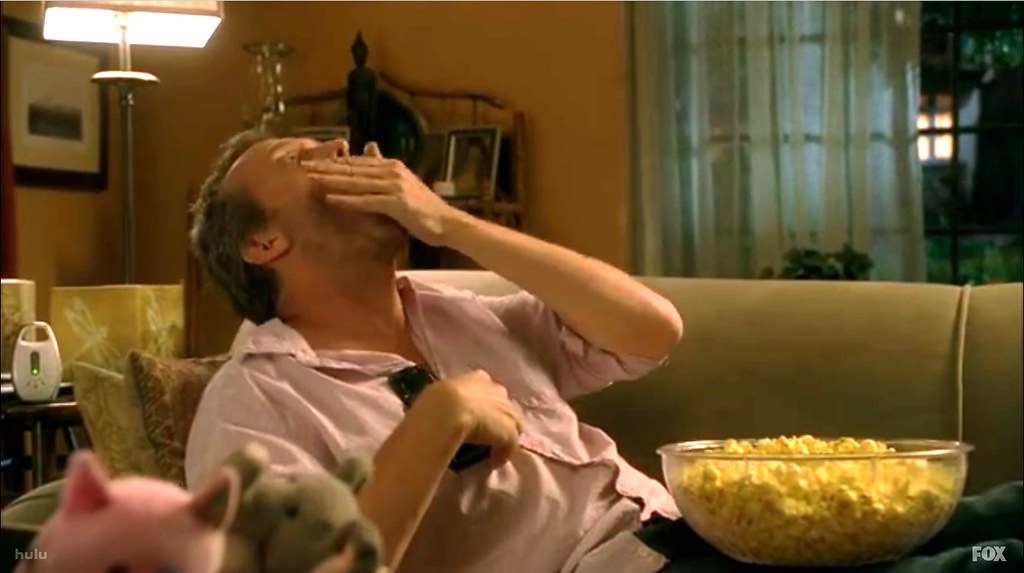
15. **The Descent (2005)**:
Last but not least, let’s talk about “The Descent” from 2005, a cult classic that delivers some serious claustrophobic terror, only to be saddled with *two* endings, neither of which quite hit the mark. The film follows six female friends on a caving trip who get caught in a landslide, trapping them deep underground. They then discover they’re not alone, as strange, pale, predatory creatures (“crawlers”) residing inside the cave begin picking them off one by one as the survivors desperately try to escape. It’s a gripping, intense, and incredibly effective horror experience.
The film excels at building an almost unbearable sense of dread, combining primal fears of darkness and confinement with the visceral terror of being hunted. The performances are raw, the creature design is terrifying, and the practical effects are fantastic, making for a truly immersive and terrifying journey. It’s a film that stays with you, long after you’ve emerged from its dark depths, thanks to its relentless pacing and harrowing survival story.
But when it comes to the ending, things get a little messy. The U.S. ending sees Sarah escaping the cave and driving away, only to hallucinate a bloodied Juno sitting next to her. The UK ending is even bleaker: Sarah wakes back up in the cave, realizing her escape was a dream. She then sees her late daughter offering her a birthday cake, Sarah smiling as we see the crawlers closing in on her. Neither ending feels truly satisfying or “right for the gripping tale we saw.” The U.S. version feels “too trite and a cheap scare,” while the UK version, though “more nihilistic,” still feels somewhat arbitrary, leaving us with a lingering sense of disappointment that such a brilliant film couldn’t quite nail its final moments.
Read more about: Beyond the Hype: 14 Acclaimed Films That Stirred Up Such Outrage, We’re Still Debating Their Boycotts.
Phew, what a journey through the annals of horror movie history, huh? From baffling alien weaknesses to unceremonious title cards and twists that twist a little too hard, it’s clear that even the most promising horror flicks can drop the ball right at the one-yard line. It just goes to show you that a great horror movie isn’t just about the scares, the suspense, or the brilliant concept; it’s about sticking the landing and leaving us genuinely terrified, not utterly bewildered. So, the next time you’re settling in for a scary movie, cross your fingers that the ending is as epic as the build-up! Otherwise, you might just find it making its way onto another list like this.



